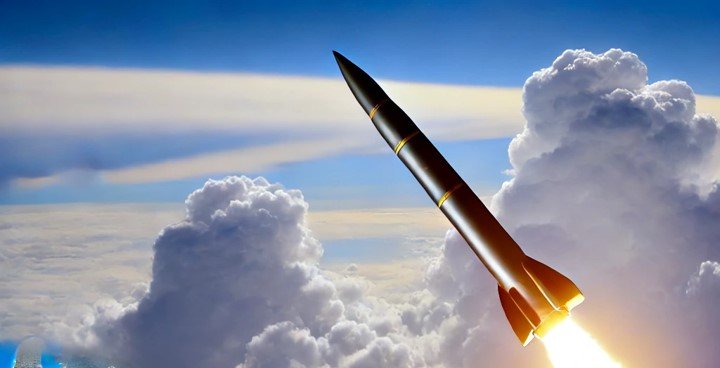Russia Fires ICBM in Ukraine Conflict for the First Time
In a groundbreaking escalation in modern warfare, Russia has reportedly launched an Inter-Continental Ballistic Missile (ICBM) targeting Ukraine. This marks the first combat use of an ICBM since its development nearly six decades ago. The missile, equipped with Multiple Independently Targetable Re-entry Vehicles (MIRV) technology, struck critical infrastructure in Dnipro. Launched from Russia’s Astrakhan region, the missile traveled over 1,000 kilometers to reach its target.
View this post on Instagram
Impact of MIRV Technology on Warfare
MIRV technology allows a single missile to deploy multiple warheads, each capable of hitting different targets over hundreds of kilometers. The RS-26 Rubezh missile, used in this attack, reportedly dropped six warheads on Ukraine’s Dnipro region. Anti-ballistic missile systems struggled to intercept these warheads, as they must be engaged individually.
This advanced missile, first tested in 2012, is powered by solid fuel, enabling rapid deployment and operational ease. The missile follows a three-stage trajectory—boost, mid-course, and terminal—with its re-entry speed exceeding Mach 10, making interception exceedingly challenging.
Geopolitical Context
The missile launch occurred shortly after Russian President Vladimir Putin approved changes to the country’s nuclear doctrine. The revised doctrine states that an attack on Russia by a non-nuclear state, backed by a nuclear power, will be considered a joint attack. This shift comes as the United States authorizes Ukraine to use long-range ATACMS missiles to target Russian territory, further heightening tensions.
While Kyiv confirmed the missile strike, Russia has refrained from commenting. Videos circulating on social media show warheads re-entering Earth’s atmosphere before hitting infrastructure targets.
MIRV technology was pioneered by the United States in 1970, followed closely by the Soviet Union. It allowed missiles to deliver multiple warheads across distant targets, drastically changing the strategic landscape during the Cold War. The Intermediate-Range Nuclear Forces (INF) Treaty of 1987 led to significant reductions in such weapons, but the U.S. withdrawal from the treaty in 2019 reignited concerns about their use.
India’s Advancements in MIRV Technology
India joined the elite club of MIRV-capable nations with the successful test of its Agni-5 missile earlier this year. Developed by the Defence Research and Development Organisation (DRDO), the missile can carry multiple warheads across a range of 5,000 kilometers, bolstering India’s strategic defense.
Global Ramifications
The deployment of ICBMs in active combat sets a troubling precedent, emphasizing the growing complexity of modern warfare. Russia’s use of MIRV technology highlights the evolving nature of conflicts, where advanced missile systems pose new challenges for defense and stability.
See Also:
India Tops the Chart for International Students in the US
Rice University Opens India Center to Strengthen Global Research Collaborations
Johns Hopkins University Campus in India Being Discussed
UPPSC Exam Protest Intensifies
——————————————————————————-
It would mean the world to us if you follow us on Twitter, Instagram and Facebook. At Newscazt, we strive to bring you the latest news and stories from India, World, Business, Sports, Entertainment and more. Our team of experienced journalists and writers are committed to delivering accurate and unbiased news and analysis.




